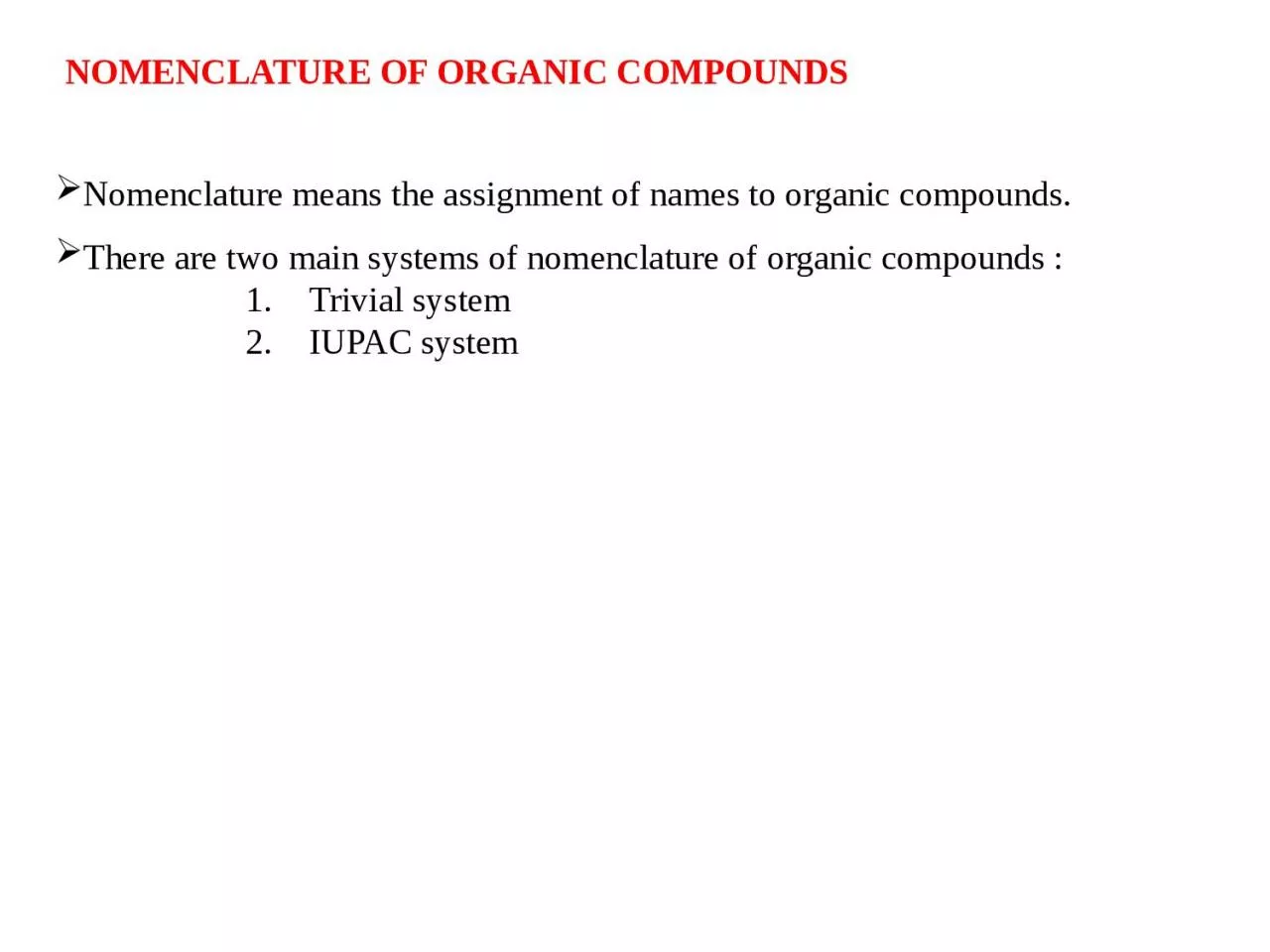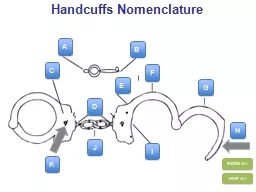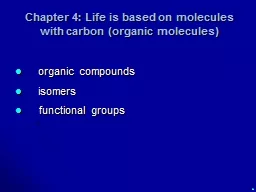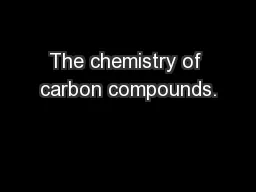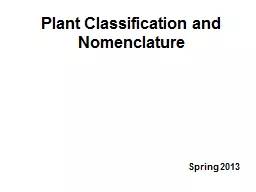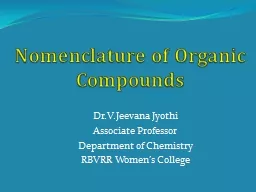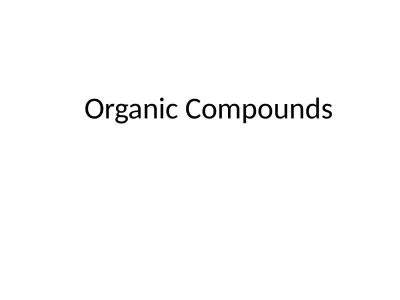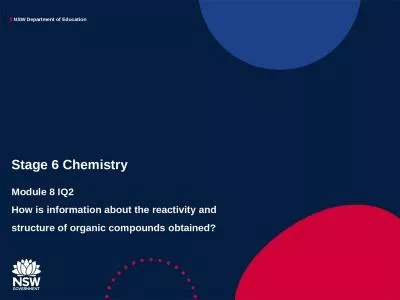PPT-Nomenclature means the assignment of names to organic compounds.
Author : ethlyn | Published Date : 2023-07-07
There are two main systems of nomenclature of organic compounds 1 Trivial system 2 IUPAC system NOMENCLATURE OF ORGANIC COMPOUNDS Oldest system of naming organic
Presentation Embed Code
Download Presentation
Download Presentation The PPT/PDF document "Nomenclature means the assignment of nam..." is the property of its rightful owner. Permission is granted to download and print the materials on this website for personal, non-commercial use only, and to display it on your personal computer provided you do not modify the materials and that you retain all copyright notices contained in the materials. By downloading content from our website, you accept the terms of this agreement.
Nomenclature means the assignment of names to organic compounds.: Transcript
There are two main systems of nomenclature of organic compounds 1 Trivial system 2 IUPAC system NOMENCLATURE OF ORGANIC COMPOUNDS Oldest system of naming organic compounds Trivial names are based on name of the discoverer or on the source from which they were obtained. at Multi-Organ Transplant Program . Dr. Helen Chen. 1. , Kevin . Quach. 1,2. , . Dr. Ian MacKillop. 1. , Dr. Joseph Kim. 2. 1 University of Waterloo. 2 University Health Network. Faculty/Presenter Disclosure. Basic Structure and Nomenclature. Graphic: www.lab-initio.com. First Ten Alkanes. Formula. Name. Formula. Name. CH. 4. Methane. C. 6. H. 14. Hexane. C. 2. H. 6. Ethane. C. 7. H. 16. Heptane. C. 3. H. HIDE ALL. SHOW ALL. A. B. C. J. H. G. F. I. K. D. E. 2. Handcuffs Nomenclature. HIDE ALL. SHOW ALL. B. C. J. H. G. F. I. K. D. E. Double Lock Activator. 3. Handcuffs Nomenclature. HIDE ALL. SHOW ALL. Prefix System . (binary compounds). 1. . Less electronegative. atom . comes first. . Add . prefixes. to indicate # of atoms. Change the ending of the . second element to . -ide. .. M. olecular (Covalent) Nomenclature. organic compounds. isomers. functional groups . Much of the chemistry of life is based on organic compounds. organic compounds. have at least one carbon atom covalently bound to either:. another carbon atom. Mainly carbon and hydrogen atoms.. Many organic compounds occur naturally.. Thousands more can be synthesized by man.. Ch. 10: Organic Chemistry. Butane versus . NaCl. Inorganic. Organic. NaCl. , 58.5 g/mol. Dr. Harsh . Manchanda. Assistant Professor. P. G. Govt. College for Girls . Sector -11. Chandigarh. TAXONOMY . Plant Taxonomy is a science that includes Identification, Nomenclature &Classification of plants.. Chemistry Department, College of Science, King Saud University. http://fac.ksu.edu.sa/melnewehy. Organic Halogen Compounds. Classes and Nomenclature of Halogen Compounds. - Alkyl halides. , . R-X.. - Depending on the type of carbon to which the halogen is attached, . INORGANIC Nomenclature Nomenclature - Humor “Ferrous Wheel” Fe = iron (Latin = ferrum) Fe 2+ = lower oxidation state = ferr ous Fe 3+ = higher oxidation state = ferr ic BaNa 2 “ BaNaNa . Spring . 2013. Elements of Understanding. Biological Diversity. Description. :. . requires observation and measurement of characters and their states and synthesis of this information. Classification. Dr.V.Jeevana. . Jyothi. Associate Professor. Department of Chemistry. RBVRR Women’s College. Organic Chemistry. It is the study of carbon compounds.. It is studied as a separate discipline because of the following reasons. Lémery. . nof. a chemistry book that classified substances according to their origin as mineral, vegetable, or animal. Compounds derived from plants and animals became known as . organic . and those derived from nonliving sources were inorganic.. Organic compounds must have carbon and hydrogen. Some examples of organic compounds includes carbohydrates, proteins and lipids. . Inorganic Compounds . Inorganic compounds have either one or none of carbon and hydrogen. Water is inorganic as it only has hydrogen and carbon dioxide is also inorganic. . Stage 6 Chemistry. Inquiry question - How is information about the reactivity and structure of organic compounds obtained?. This document contains topic specific content notes to support students. In addition, several self-assessment opportunities are presented for this inquiry question with HSC-style items allowing students to review their responses with regard to the marking criteria..
Download Document
Here is the link to download the presentation.
"Nomenclature means the assignment of names to organic compounds."The content belongs to its owner. You may download and print it for personal use, without modification, and keep all copyright notices. By downloading, you agree to these terms.
Related Documents

